I am trying to set up access control on Azure so everything works off of the Managed Identity. I want to make sure I have this right because security is one of those things you never want to get wrong. So...
I first created a Managed Identity. In that Managed Identity, under Access control (IAM) | Role assignments it lists the users that are in this identity, with each having either a contributor or owner role. The managed identity is basically an indirect pointer to the collection of users/roles it has and those user/roles are then given rights via where the managed identity is set - correct?
I next went to my app service to Identity | User assigned and in there clicked Add and added my managed identity to the identity list for my app service. And because I am using the managed identity to let the app service access the database & key vault via the managed service, I do not want a system assigned identity - correct?
I next went to my SQL Server to Identity and in there clicked Add and added my managed identity to the identity list for my app service. I had to also set this as the Primary identity. And again, I don't want a system assigned identity here - correct?
Question: With the app service and SQL Database both having the same managed identity assigned, do I need to follow all these steps? Or is there a simple connection string that says use the shared managed identity?
In the key vault I went to Access control (IAM) and there it already had me listed individually. There is no Identity menu item. It has Add Role Assignment but there's no way to assign a managed identity in that - that I could see. And there's a ton of rights.
Question: How do I tell the Key Vault that my app service, with my managed identity, can read it?
And then, to use all this in my Blazor server app, I add the following code to Program.cs - correct?
Question: Just this and then anything in the key vault will override what's in the app service configuration and appsettings.json - correct?
public static IHostBuilder CreateHostBuilder(string[] args) =>
Host.CreateDefaultBuilder(args)
.ConfigureAppConfiguration((context, config) =>
{
if (context.HostingEnvironment.IsProduction())
{
var builtConfig = config.Build();
var secretClient = new SecretClient(
new Uri($"https://{builtConfig["KeyVaultName"]}.vault.azure.net/"),
new DefaultAzureCredential());
config.AddAzureKeyVault(secretClient, new KeyVaultSecretManager());
}
})
.ConfigureWebHostDefaults(webBuilder => webBuilder.UseStartup<Startup>());




